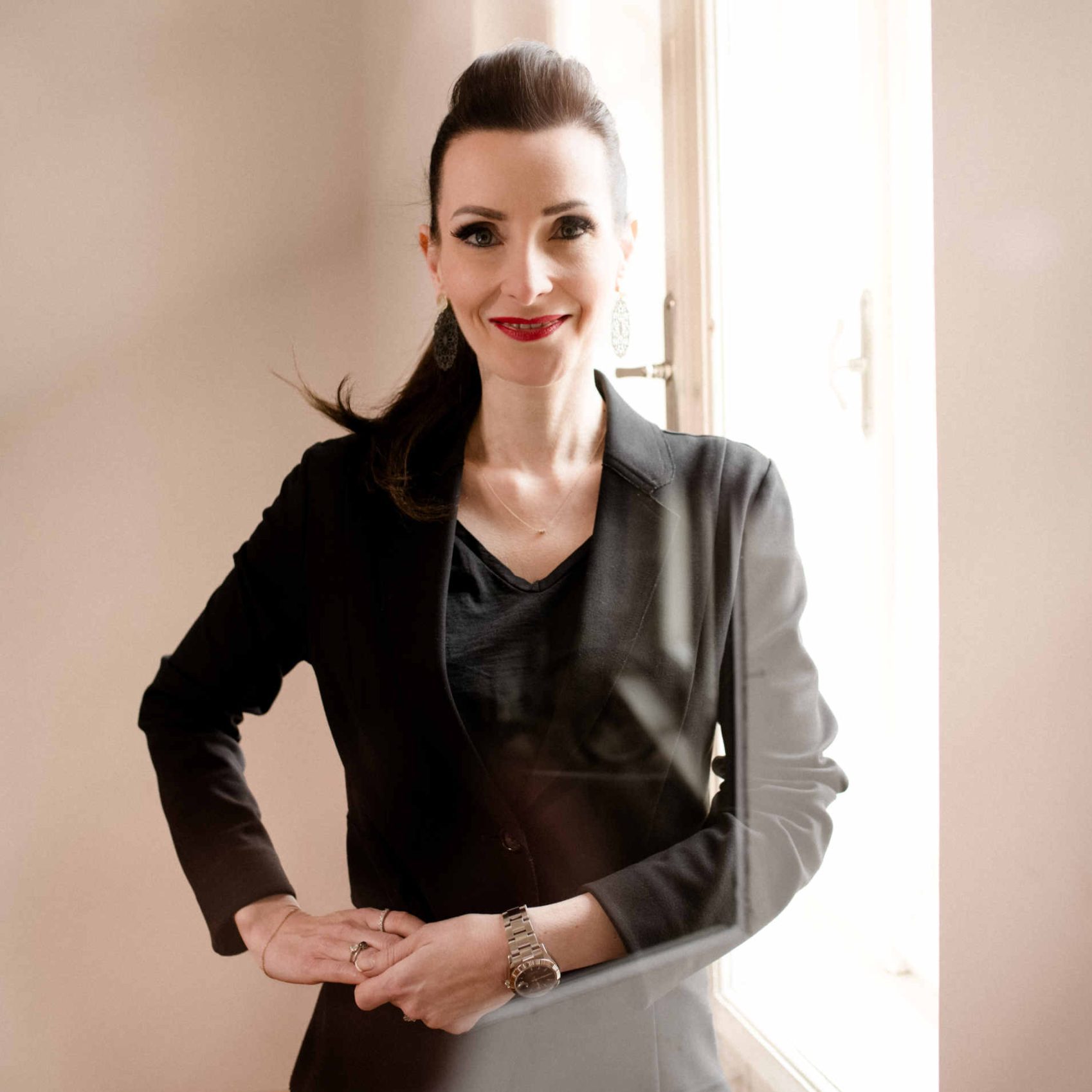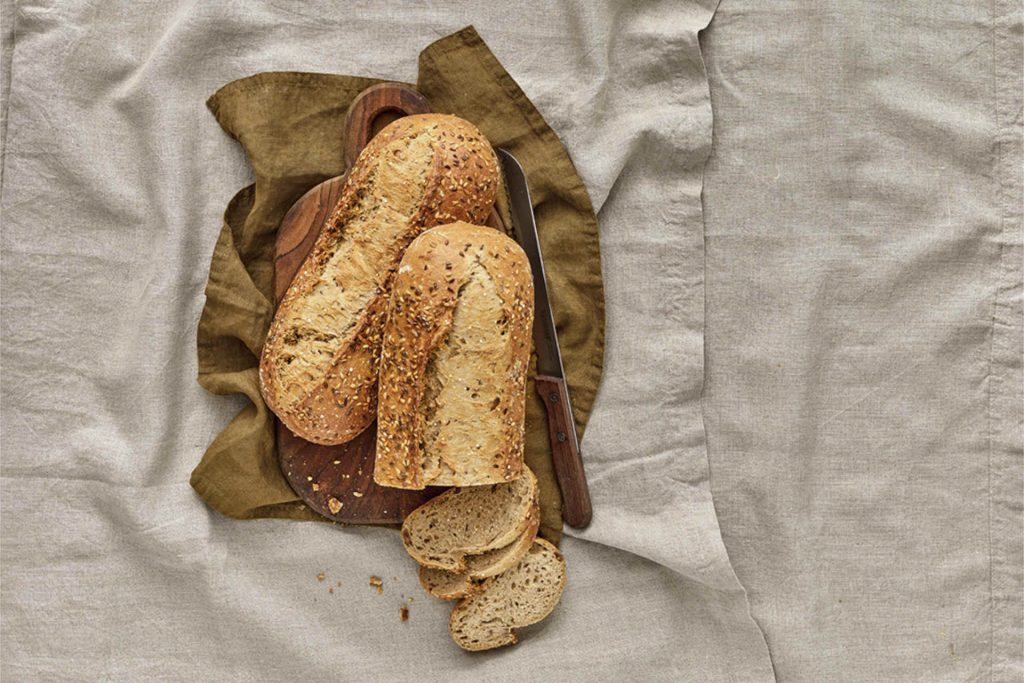
In 2025, bread is no longer a supporting actor – but a stage, a message and an experience. In Austria and Germany, the bakery trade is experiencing a renaissance between tradition, technology and new worlds of enjoyment. From ancient grains to smart baking: anyone who wants to set standards in the hotel and catering industry should be aware of these trends – and take advantage of them.
Austria:
Germany:
Whether it's ancient grains, sourdough or smart-controlled ovens - bread culture is experiencing a renaissance in German-speaking countries. Those who use it in a targeted way can emphasize their culinary identity and create real differentiation.

Imola is much more than just a race track: the city combines top-class cuisine, cultural monuments, and traditional producers to create an experience that delights connoisseurs, Italy fans, and curious travelers alike. From 2-star gastronomy at Ristorante San Domenico to creative pizza experiences and slow food osterie to historic libraries, palazzi, and award-winning wineries: this guide shows you the best places for cuisine, culture, and shopping—authentic, high-quality, and with real added value for your next visit to Imola.
The two-star Berlin restaurant Horváth returns to Vienna in early 2026 with an exclusive pop-up, presenting an uncompromising new menu based on “emancipated vegetable cuisine.” For two weeks, Sebastian and Jeannine Frank’s team will take over the Herzig restaurant and serve a 7-course menu that shows how innovative, precise, and luxurious vegetables can be today. A culinary highlight for foodies, fine dining fans, and anyone who doesn’t want to miss Austria’s most exciting pop-up experience of 2026.
This time, Sebastian Frank is taking an even more uncompromising approach, with a new menu and a clear message: vegetables can be luxurious – even without caviar.
With the opening of its new distillery in Mosbach, Aromahopping is sending a strong signal about the future of artisanal spirits. Between extraordinary gin compositions, creative tastings, and a high-caliber supporting program, it became clear what makes the Odenwald brand so special: attention to detail, curiosity about new flavors, and a passion for honest craftsmanship.


In 2025, bread is no longer a supporting actor – but a stage, a message and an experience. In Austria and Germany, the bakery trade is experiencing a renaissance between tradition, technology and new worlds of enjoyment. From ancient grains to smart baking: anyone who wants to set standards in the hotel and catering industry should be aware of these trends – and take advantage of them.